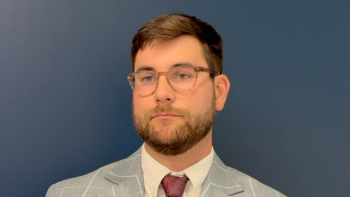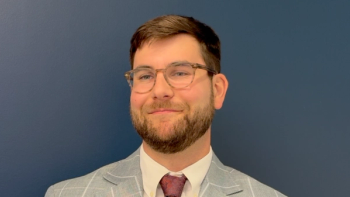
Samantha Jaglowski, MD, MPH, on Next Steps Regarding Tisagenlecleucel for Patients with DLBCL
The associate professor at The Ohio State University Comprehensive Cancer Center explained the goals for the future of the CAR T-cell therapy data in patients with DLBCL.
Samantha Jaglowski, MD, MPH, associate professor at The Ohio State University Comprehensive Cancer Center, discussed next steps regarding her analysis of the CAR T-cell therapy tisagenlecleucel (Kymriah) in adult patients with relapsed or refractory diffuse large B-cell lymphoma (DLBCL) using the Center for International Blood and Marrow Transplant Research (CIBMTR) database at the 61st American Society of Hematology (ASH) Annual Meeting and Exposition, held December 7-10, in Orlando, Florida.
Transcription:
Really the next step is, this is really very germinal, this is the first readout of the tisagen data submitted to the CIBMTR, so the next steps are really going to be to accrue more patients. There’s a goal of collecting 2,500 tisagen patients and currently there are a bit over 100 that we’re reporting on, so the goal is for this to be a really large suppository of data and we’re not there yet. We will be there, but you know it’ll be important to continue to follow this with time.
Newsletter
Stay up to date on recent advances in the multidisciplinary approach to cancer.


















































































